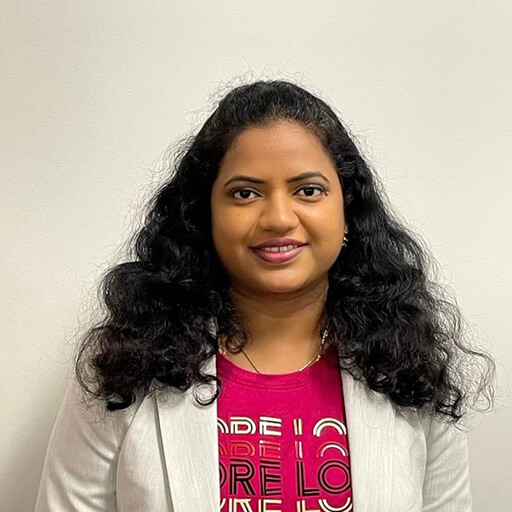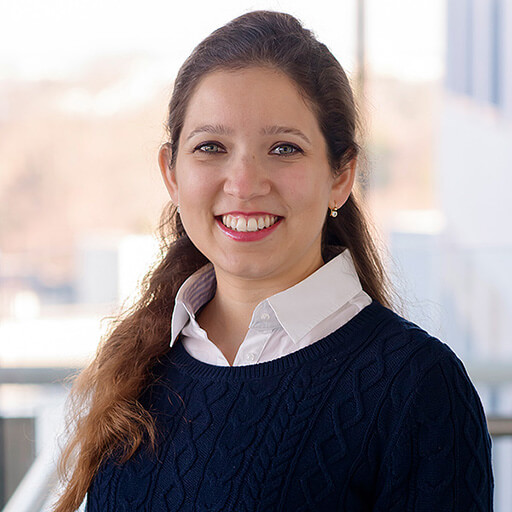A New Imaging Technique to Detect Early Markers of Glaucoma

About the Research Project
Program
Award Type
Standard
Award Amount
$150,000
Active Dates
July 01, 2017 - June 30, 2019
Grant ID
G2017077
Goals
Glaucoma is an eye disease that affects millions of American’s vision. The best way to slow and stop the disease is to detect it early; however, existing methods are insufficient to do so. We plan to develop a new optical imaging technology to examine the eye, which is very sensitive to early glaucoma so that we can use it for early diagnosis. This project not only may benefit many people by helping to prevent blindness, but also could enhance our understanding how this disease develops.
Summary
The goal of our study is to develop a novel imaging technique to quantitatively detect earliest onset of glaucoma for use as a potential screening method. Glaucoma is a chronic condition that has complicated pathology. Early screening of glaucoma not only can help prevent vision deterioration, but also allows for a better understanding of the cause. However, there is no reliable and quantitative technique recommended for the general public to detect the early onset of glaucoma. A quantitative and sensitive detection will help us prevent glaucoma and lead to better treatments.
Our laboratory focuses on developing novel retinal imaging techniques that allows us to see beyond the anatomical structures. The central crux of the glaucoma pathology is the degeneration of retinal ganglion cells (RGCs), which has two common early manifestations. One is the nanoscale structural breakdown of RGCs, and the other is metabolic alterations associated with cell degeneration. We will developed a novel imaging techniques called multi-functional optical coherence tomography (mf-OCT) that is capable of quantifying nanoscale structures of neural fiber layers and ganglion cells, and the oxygen consumption of the retina, to detect the two early manifestations of glaucoma. After implementing the mf-OCT using advanced optical engineering, we will conduct a pilot clinical studies to validate the nanoscale structures and the oxygen metabolic alterations are present in glaucoma patients and normal vision patients. We will perform statistical analysis to produce a quantitative rules for early diagnostic purpose that are based on the detection parameters.
There are two unique advantages of mf-OCT comparing the other imaging techniques. First, mf-OCT is capable of detecting nanoscale structures down to several tens of nanometers, which is the size of macromolecules. This level of structural sensitivity is not possible using any existing retinal imaging methods. Thus, it provides a huge advantage in early detection of ganglion cell degeneration. Second, mf-OCT can quantify oxygen metabolism in retina, and further indicates the retinal functions, beyond simply imaging the anatomical structures. The metabolic dysfunction may well proceed the clinical signs, such as thinning of the neural fiber layer and ganglion cell layer, which offers another synergistic marker in addition to the nanoscale structural markers. These two unique techniques will allow us to explore new markers for early detection of glaucoma.
The completion of the study will generate direct clinical impact by introducing a new quantitative diagnostic rule for early detection of glaucoma. The non-invasive nature of mf-OCT imaging makes it an excellent candidate for glaucoma screening for general public. Being able to detect glaucoma early will not only prevent glaucoma more effectively, but also provide us with a better understanding of the cause of the disease, and therefore help us to develop better treatment strategies.
Related Grants
National Glaucoma Research
The Impact of Glaucoma on Light-Mediated Mood and Sleep Disorders
Active Dates
July 01, 2024 - June 30, 2026

Principal Investigator
Xiaorong Liu, PhD
Current Organization
University of Virginia
The Impact of Glaucoma on Light-Mediated Mood and Sleep Disorders
Active Dates
July 01, 2024 - June 30, 2026

Principal Investigator
Xiaorong Liu, PhD
Current Organization
University of Virginia
National Glaucoma Research
Increased Pressure in Eye Affects the Neuronal Communications in the Brain
Active Dates
July 01, 2022 - June 30, 2025

Principal Investigator
Prabhavathi Maddineni, PhD
Current Organization
University of Missouri
Increased Pressure in Eye Affects the Neuronal Communications in the Brain
Active Dates
July 01, 2022 - June 30, 2025

Principal Investigator
Prabhavathi Maddineni, PhD
Current Organization
University of Missouri
National Glaucoma Research
Improved Imaging of the Outflow Pathway in the Living Human Eye
Active Dates
July 01, 2022 - June 30, 2025

Principal Investigator
Alessandra Carmichael-Martins, PhD
Current Organization
Indiana University
Improved Imaging of the Outflow Pathway in the Living Human Eye
Active Dates
July 01, 2022 - June 30, 2025

Principal Investigator
Alessandra Carmichael-Martins, PhD
Current Organization
Indiana University


